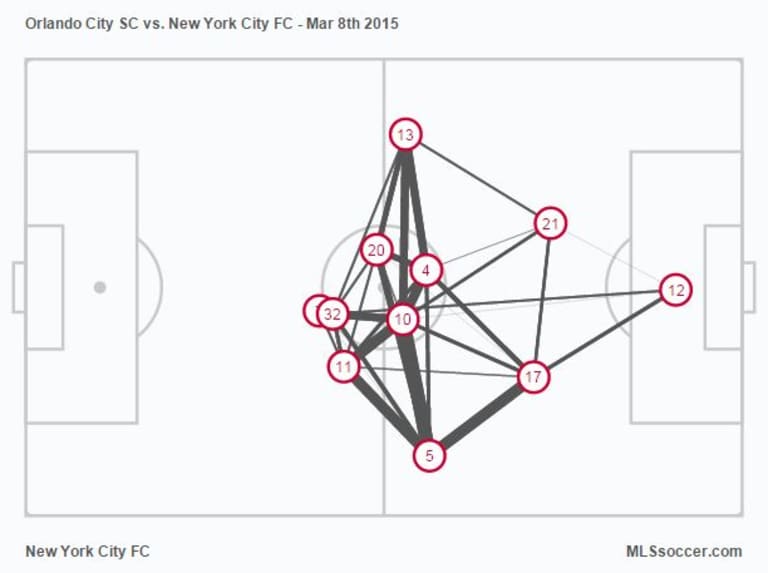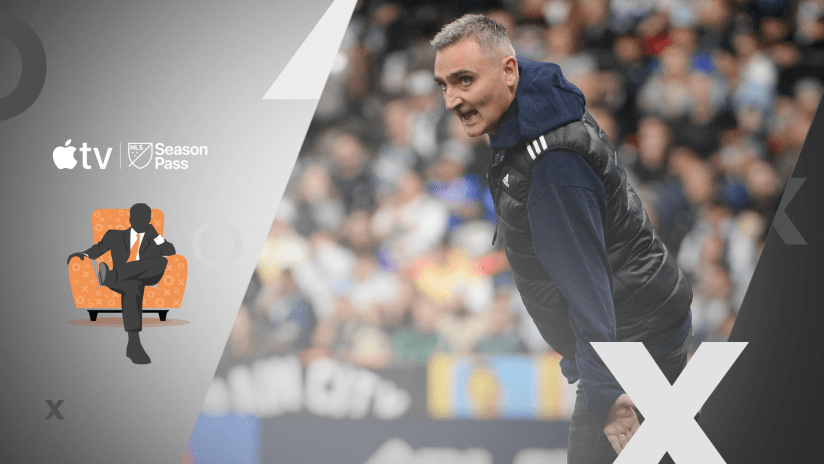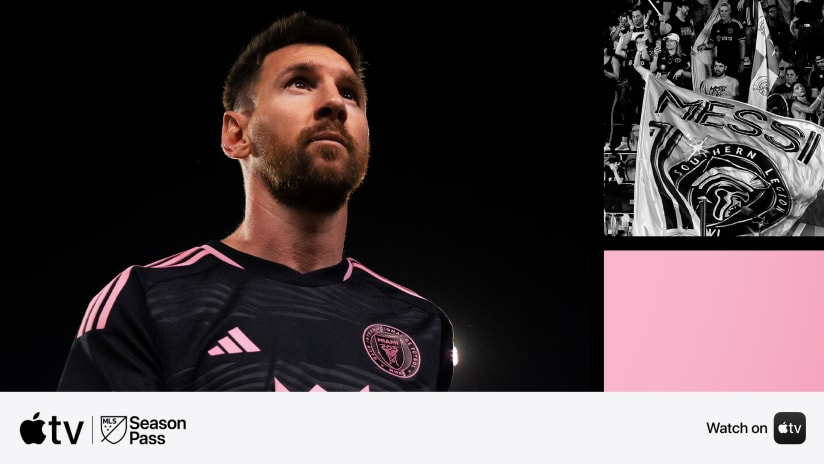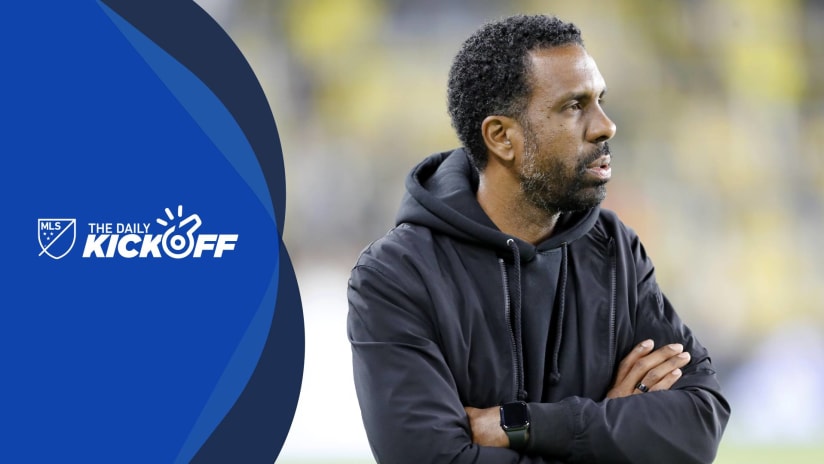Today I'm re-launching my Thursday Q&A series. My intent is to pick one particular topic to write about - today's being the shape of the NYCFC midfield, the role Mix Diskerud played and how Jason Kreis belied conventional wisdom about his methods with one particular second-half sub - and focus primarily upon that.
However... you should feel free to ask about anything game-related (MLS, USL, NASL, USMNT, Canadian MNT, whatever) in the comments section below, and I'll be around for the next several hours to answer your questions.
Mix Diskerud is currently second in MLS in two stats: goals and usage rate.
"Usage Rate" is the amount of passes a player attempts per 90 minutes divided by the the amount of passes his team attempts per game. Diskerud completed 72 of his 76 passes in the 1-1 opener against Orlando City, which gave him a 17.1 percent usage rate (only RBNY's Sacha Kljestan, at 17.3 percent, is higher -- all stats courtesy of Opta). Even beyond his lovely, bending goal, he was at the heart of everything NYCFC did.
Their network passing graph shows that in spades:

Obviously this is a good thing for NYCFC, who will be relying upon Diskerud to be a difference-maker on both sides of the ball. This is also significant for the USMNT.
In Jurgen Klinsmann's various schemes, there is one constant: the deep central midfielders must have a high usage rate. Diskerud's been tried in that spot several times recently, and has been a little too shy in possession to control the game. As Matt Tomaszewicz said to me, "I just can't figure Mix Diskerud out."
Neither can Will Parchman, who wrote at length about Diskerud & NYCFC HERE. That's required reading.
But my point is that I think, over the final 30 minutes, we did figure Mix Diskerud out at least a little bit. Once Kreis brought Khiry Shelton on for Mehdi Ballouchy, NYC went to more of an off-balance 4-3-3 with Diskerud roaming freely while Ned Grabavoy stayed primarily in the left-central channel and Andrew Jacobson stayed deep. Shelton -- who stayed high and wide to the right in his time on the pitch -- pulled defenders out of the middle, a one-man gravity well who stopped Brek Shea from overlapping while giving his own midfielders more time and space with which to work.
Diskerud, Grabavoy et al took advantage of it, making more incisive passes while keeping their usage rates relatively constant. Through 62 minutes, NYCFC created just three chances. In the final half-hour, with Shelton on and the formation switched, they created five.
We're one game into a season in which things can and will change, and there's certainly no guarantee that Diskerud will get as much of the ball this Sunday against New England in NYC's home opener (5 pm ET; ESPN2/ESPN Deportes/WatchESPN). There's no guarantee that Shelton will start or even play, and there's every reason to think Kreis is spending this week trying to figure out ways to get David Villa more involved.
So everything above should be understood more as "data point" rather than "defined trend." But it's a nice data point to have on Diskerud, who's mostly been an enigma over the last four years.
Thanks for helping me kill a lovely Thursday afternoon. Check the comments section below to see the back-and-forth, and come join me next week for another Q&A.












